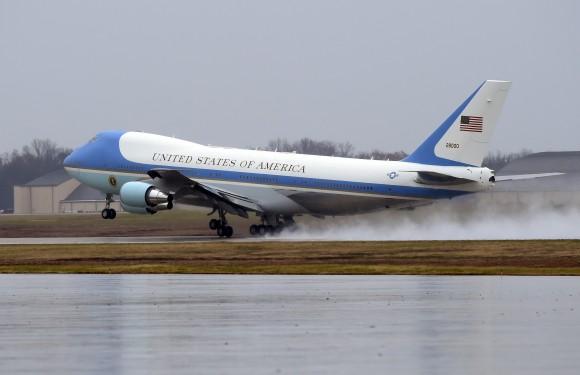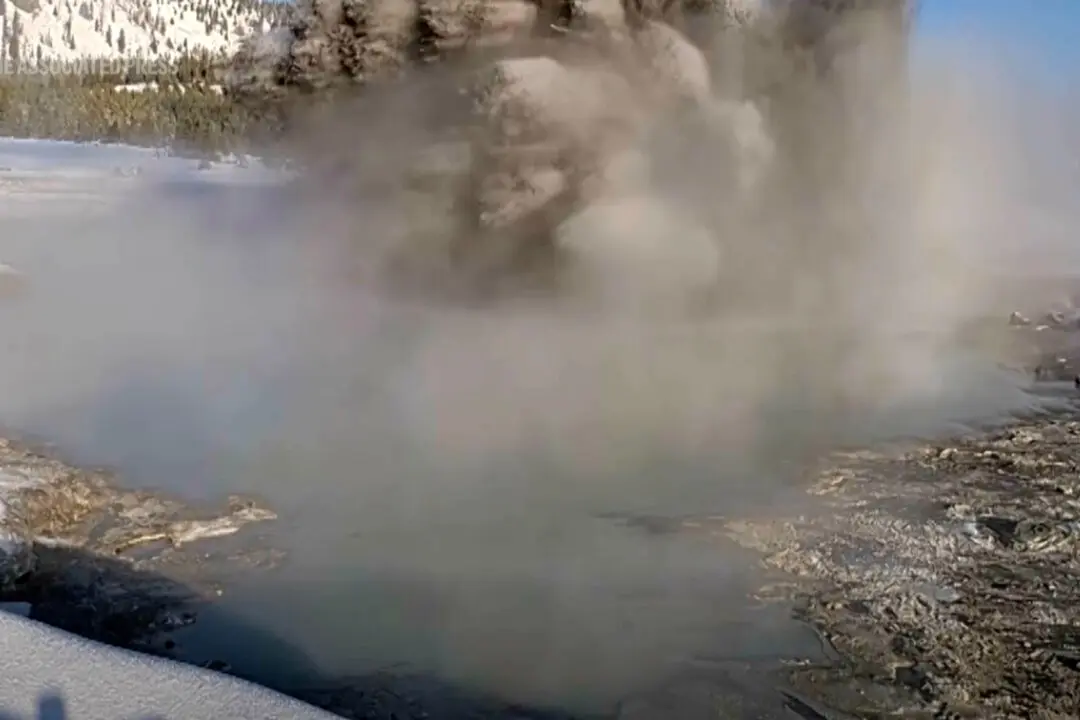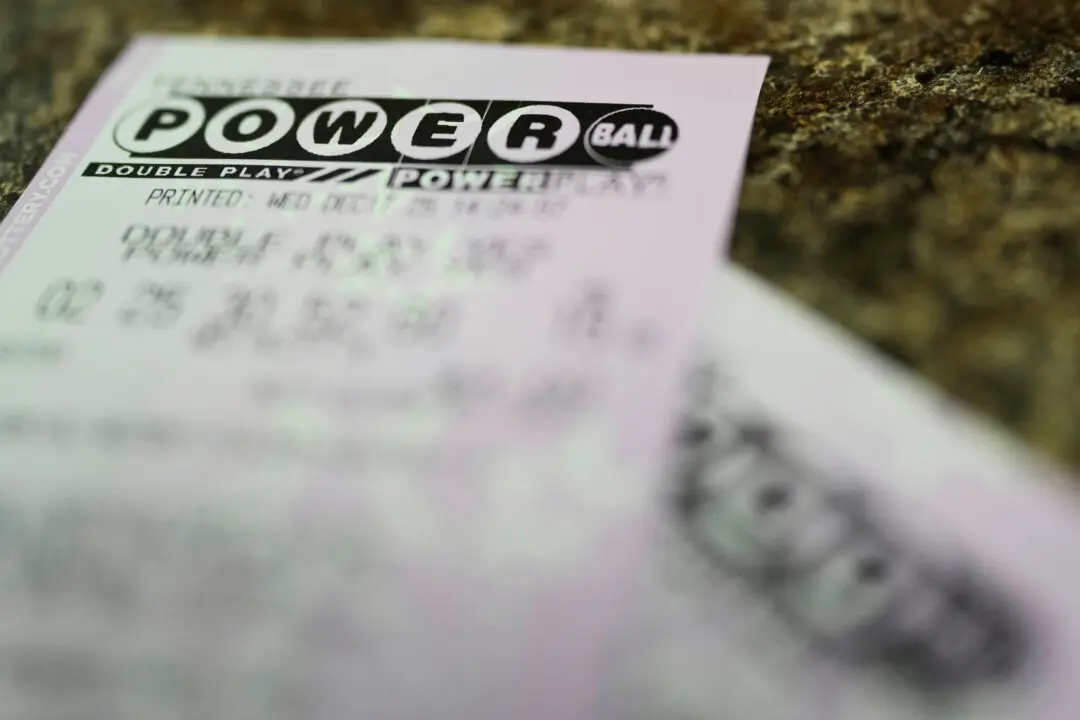WASHINGTON—President-elect Donald Trump suggested Tuesday that he would cancel Boeing’s contract to build a new fleet of presidential aircraft to replace the aging Reagan-era models that currently shuttle the president around the world. Trump cited “out of control” costs of more than $4 billion in a tweet that ended with “Cancel order!”
Trump later told reporters the cost was “ridiculous” and that he wanted the aircraft maker to “make a lot of money, but not that much money.”
Here’s a look at Trump’s claims about Air Force One, one of the most recognized airborne symbols of the American presidency.
How Much Will The Project Cost?
The Government Accountability Office, the government’s auditing arm, in March of this year estimated total program costs at more than $3.2 billion between the 2010 and 2020 federal budget years. Separately, Defense Department and Air Force officials say two new aircraft could cost at least $4 billion for development, construction and future maintenance, matching the figure Trump cited. The officials were not authorized to comment publicly about the sensitive military project and spoke on condition of anonymity.
Why Does The Government Want New Planes? Doesn’t The Current Air Force One Work Just Fine?
While that is true, the current aircraft that the president uses for the bulk of his foreign and domestic travel are getting older and breaking down more often, officials say. Two variants of a Boeing 747 are in rotation. The planes were built in the 1980s and began flying in the early 1990s. One took President Barack Obama on a trip to MacDill Air Force in Tampa, Florida, on Tuesday.
Air Force One, the distinctive blue-and-white plane with the U.S. flag on its tail and the presidential seal, is basically a flying office for the president, complete with sophisticated communications, military and other capabilities. Safety of the president is paramount, and the government started the process to replace the aging aircraft with younger versions that take advantage of the most-up-to-date advances in technology.






